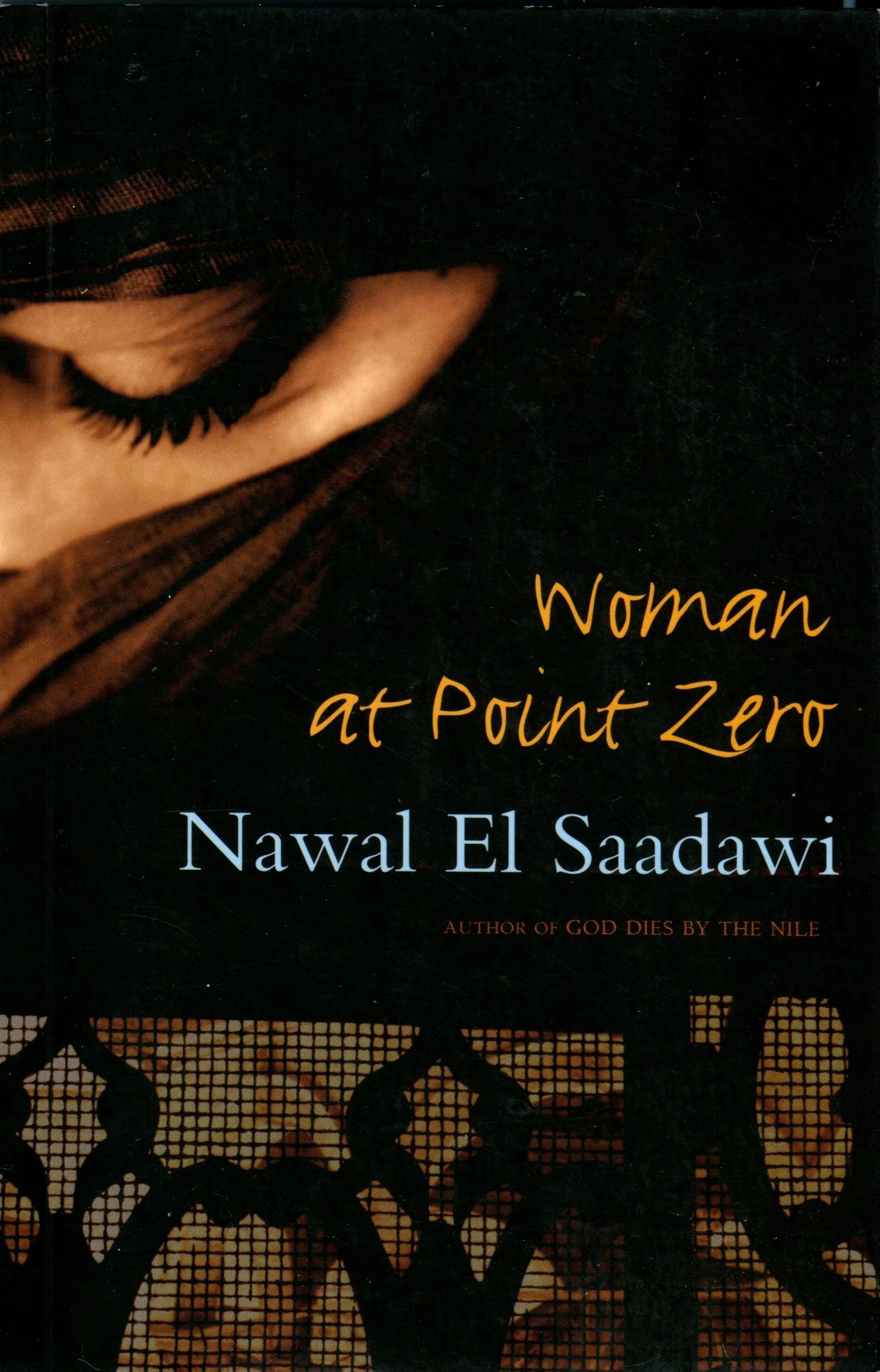Federated States of Micronesia: My Urohs (Emelihter Kihleng)
Emelihter Kihleng is a Pohnpeian poet born in Guam. Kihleng studied creative writing at the University of Hawai’i at Mānoa before turning to teaching. She taught ESL at the College of Micronesia for a number of years before completing her PhD in Pacific Studies at Victoria University of Wellington. She currently works at the University of Guam’s Violence Against Women Prevention Program.
Background: The Federated States of Micronesia (FSM) was settled over four thousand years ago. While the islands had fairly decentralized leadership for many years, the island of Pohnpei eventually became the centralizing force, the economic, religious, and governmental power concentrated there. In Pohnpeian legend, this leadership became increasingly absolutist, and the invasion of Isokelekel, a mythical hero, brought about the end of this dynasty, replacing the previous government with the nahnmwarki system (the current, more decentralized system of governance). In the 16th century, the Portuguese and the Spanish reached the island system, with the Spanish eventually establishing a colony. In 1899, Spain sold the islands to Germany as part of the German-Spanish Treaty. During World War I, the island of Yap became a central for German naval communication, and was passed to the Japanese in 1919 as part of the Versailles Treaty. Many Japanese moved to the islands during this time, eventually surpassing the number of native islanders by a significant margin. After World War II, the United Nations created the Trust Territory of the Pacific Islands (which also included Palau, the Marshall Islands, and the Northern Mariana Islands), for which the United States became Trustee. On May 10, 1979, four of the islands (now those of the FSM), ratified the Constitution of the Federated States of Micronesia, marking the nation’s transition to independence. The FSM signed a Compact of Free Association with the United States in 1986, in which the U.S. provides defense and funding for the islands. Although the Trusteeship ended in 1990, it was renewed in 2004 and continues to this day. The FSM consist of multiple ethnolinguistic groups, reflecting the geographic separation of the islands, including Chuukese, Ponhpeian, Kosraen, and Yapese peoples.
My Urohs is a lovely short collection of poetry. Deeply steeped in the Pohnpeian culture, Kihleng portrays both the beauty of her country, the culture for which she has great attachment, but more present, perhaps, is pain. The pain of colonization, styles of governance that don’t work well with tradition, the lack of health with the introduction of Western junk food. I really enjoyed her style of writing, although the inclusion of many Pohnpeian words can occasionally make it a little hard to follow as it’s not a language one can easily put into Google Translate! Still, I appreciate that she wants to write for her people, not just for Westerners. Things don’t always need to be easy for us. While this is not my favorite collection of poetry, it's a really interesting into a country I knew almost nothing about. I recommend it and I hope there will be more literature from the FSM soon!






